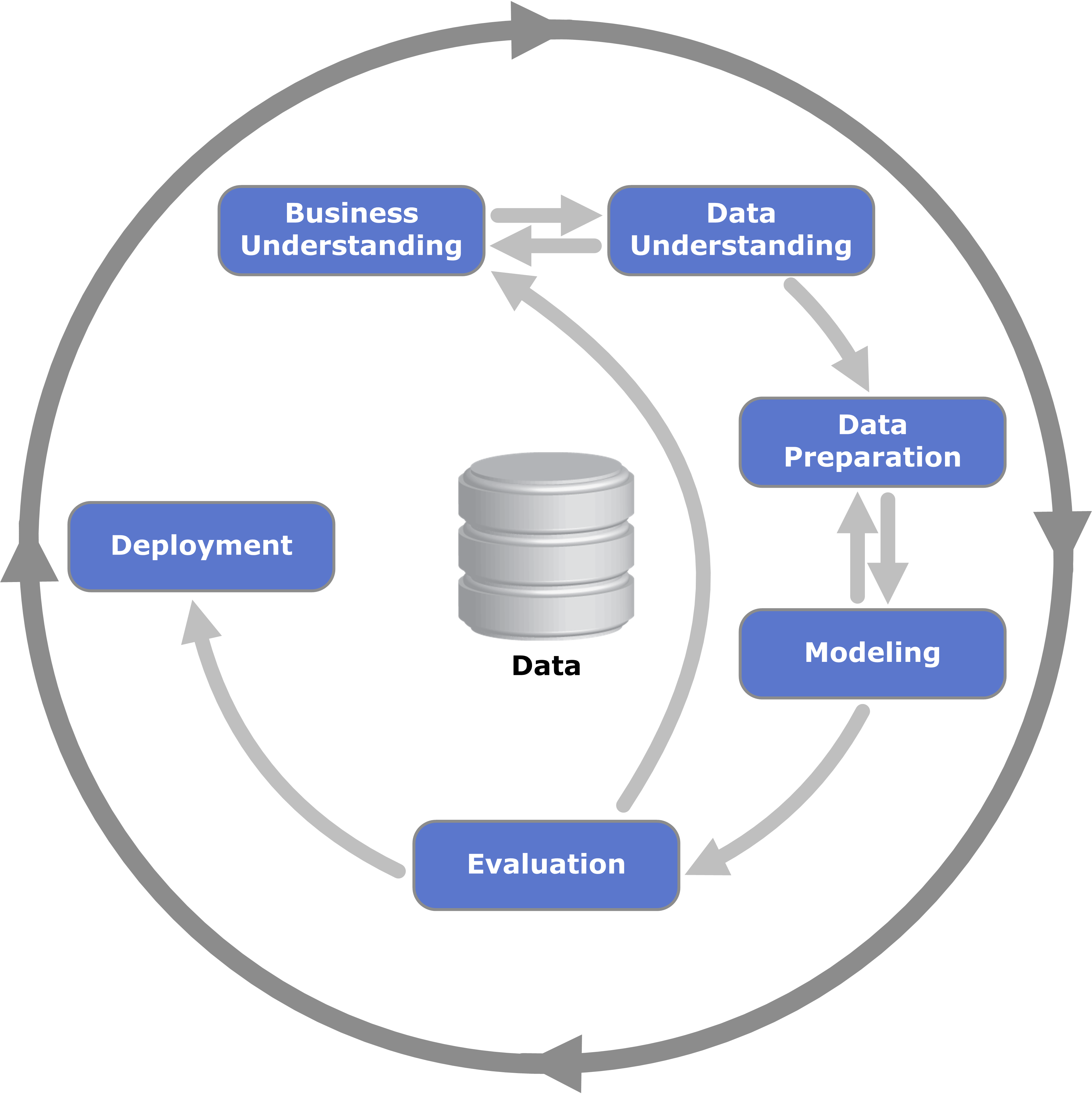
Born-digital records are records that have been natively created in digital format.
According to Gartner’s IT Glossary, “Digitization is the process of changing from analog to digital form”
Creating and transforming your data into digital form is the first step for further processing. Digitized data or digital-born data can become reusable and shareable through data management and long-term preservation. Common data formats include textual data, visual images, audio & 3D models from the following transformation methods:
See also:
https://www.clir.org/pubs/reports/pub107/bellinger/
https://www.oclc.org/research/areas/research-collections/borndigital.html
”Knowledge discovery in databases is a process that is defined by several processing
steps that have to be applied to a data set of interest in order to extract useful patterns.” (Hotho, Nürnberger, & Paaß, 2005)
The CRoss Industry Standard Process for Data Mining (Crisp DM1) model defined the main steps as:

Reference:
Hotho, A., Nürnberger, A., & Paaß, G. (2005, May). A brief survey of text mining. In Ldv Forum (Vol. 20, No. 1, pp. 19-62).
